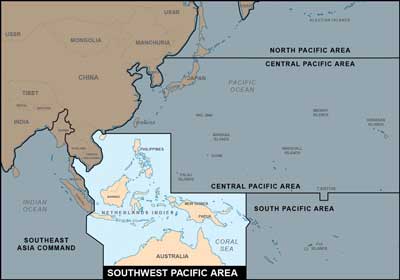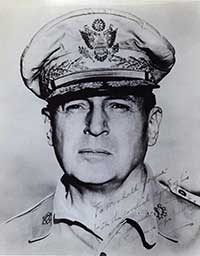
During World War II, the Southwest Pacific Area (SWPA), a joint Allied command, fought to liberate the region from Japanese occupation. Commanded by General Douglas MacArthur, the SWPA’s area of operations included Australia, much of the Dutch East Indies, the western Solomon Islands, Papua and New Guinea, East Timor, the Philippines, and Borneo. Consisting of land, air, and naval forces, plus logistical elements, the SWPA’s ground combat units included the U.S. Sixth and Eighth Armies and the First Australian Army.
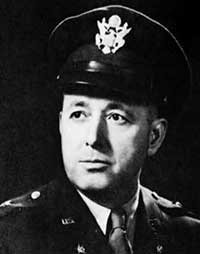
In June 1944, the SWPA added a Psychological Warfare (Psywar) Branch (PWB) to coordinate the theater psywar campaign, and to gather, collate, and provide intelligence to SWPA headquarters and field units. Led by Brigadier General Bonner F. Fellers, the PWB’s many efforts included the design, production, and plans to disseminate millions of leaflets and other printed products to demoralize enemy soldiers and induce surrenders and desertions. Historian Allison B. Gilmore challenges the frequent assertion that Japanese soldiers always chose death over surrender, writing: “Large numbers of Japanese soldiers did seek to surrender, and American GIs, along with their Australian counterparts, did take many prisoners, an estimated 19,500 in the [SWPA] alone.”1 Psywar played an important role in this.
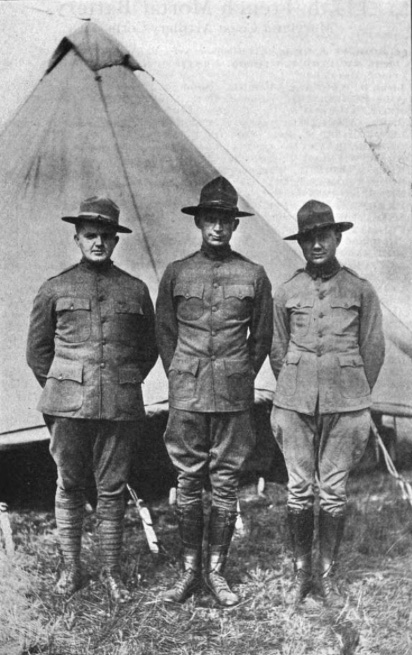
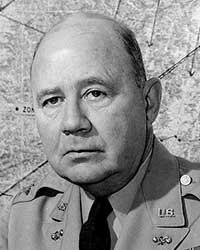
The leaflets on this site were provided by the family of the PWB’s Executive Officer (XO), J. Woodall Greene. Born in Denton, Maryland, in February 1892, Greene graduated from law school before enlisting in the Army in April 1917. Serving in France with the 42nd Division during World War I, he earned promotions up to captain and had been combat wounded before returning Stateside in 1919. A lawyer between the wars, Greene received an appointment as a major early in World War II. He served on MacArthur’s staff as a liaison officer to the Australian propaganda agency, the Far Eastern Liaison Office, before becoming XO of the PWB and earning promotions up to full colonel. He later served as Chief of the Psywar Section, Far East Command (FECOM), during the Korean War, before passing away in June 1959.2

